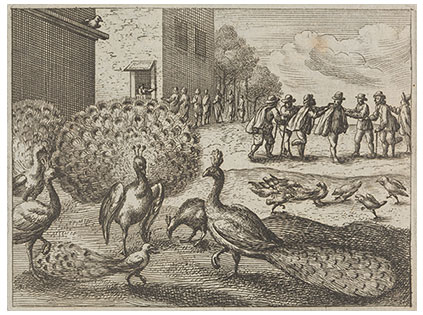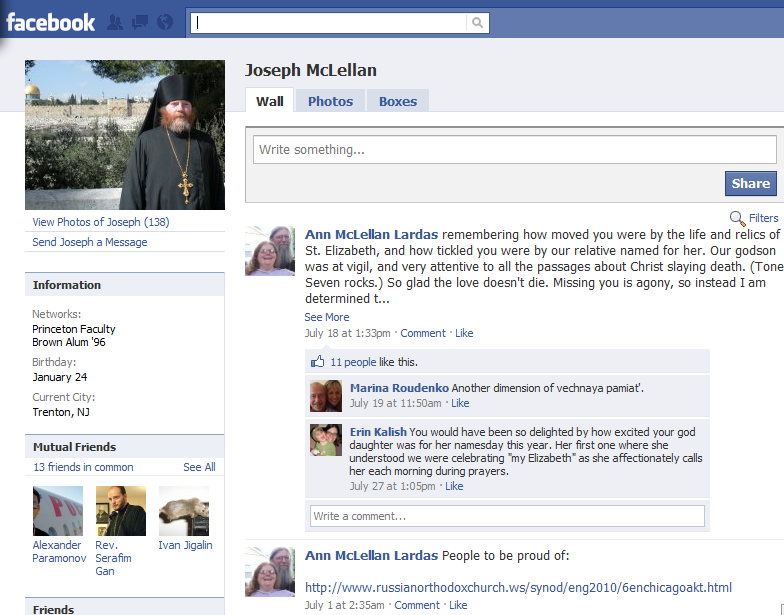Is depth an obsession?
And is obsession sometimes what you need?
Obsession can lead to deep understanding, rich skills, the ability to write the truth or create beauty, as in the meticulous illustrations of Shaun Tan.

My son, Maxim, is obsessed with music and composition. You can listen to one of his recent compositions here.
Lately I’ve been obsessed with the richness of image archives online. I could spend the rest of my life searching and saving the image sites shared on the blog BibliOdyssey.
Some of the amazing resources I’ve been discovering just this morning are:

Beinecke Library’s photo sets on Flickr

Digital resources from the Knitting Reference Library WSA (how’s that for esoteric)
(even more esoteric) The Renaissance Curioso
Pratt Libraries Ex Libris collection on Flickr

Sometimes you have to go deep to get somewhere. My concern is that we don’t allow for this at school. We’re hellbent on cramming the content and discrete skills in our curriculum into our students.
Teachers are often distracted by what they see as duty to cover criteria. Distracted from what, you ask? From what they might do if they had the time to think about it, if they functioned in an environment that encouraged and valued thoughtful experimentation.
But an internal voice urges us: Move on, move on…
There seems to be little or no time for our students to go deeper, no time to evaluate – let’s look at what we’ve done, could we have done it differently? No time to reflect: how do I feel about this? Does this affect me? and how? No time to celebrate – lets’ showcase what we have learned/created.
And what about us, teachers? Do we have the time to think about these things?
It’s different for me as teacher librarian (but then again it’s different for every teacher librarian). My focus isn’t marking, my driving force isn’t keeping up with the onslaught of face to face teaching. I have time to learn, to absorb. Resourcing others’ curriculum allows me to browse, soak up what I find online. Focusing on information fluency encourages me to think about how different people learn.
When we want to reassure ourselves about the future of a young person, as educators, we say that he will be fine as long as he has one passion, something to feel empassioned by, to follow through. But do we create the environment which allows our students to find their passion? And do we provide the time to pursue this passion?
I’m afraid that we distract students by pushing them through a schedule we ourselves are not empassioned by. Are we, as educators, empassioned by what we teach? Or are we trying our hardest to cover material, texts, skill sets?
I may be speaking out of turn here, so please speak up if I am.
I think teachers and students are in a difficult place.
Don’t you think we need a new reason to teach, a new model for schooling?



